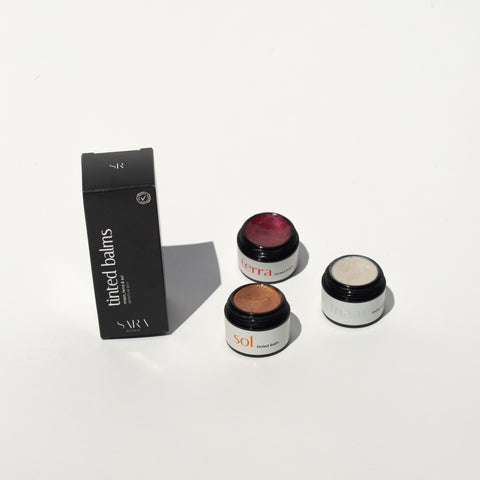Pigmentation is one of the most common skin conditions in the world. It is caused by an accumulation or a shortage of pigment in the skin. Pigment, also known as melanin, gives colour to your skin, hair, and eyes. Its function is to protect the skin from being burned by UV radiation. Pigmentation spots come in all kinds of shapes and colours: black, brown or white, dark or light, small and large. But what causes these spots? And how can you prevent or reduce them?
What causes skin pigmentation?
The most common cause of pigmentation is sun exposure. That’s why pigment spots mostly occur on the face, neck, and cleavage, but also on forearms, legs and hands. Also, hormones, inflammation, stress, acne, and birth control can alter the production of melanin in your body. Another common condition is hyperpigmentation. It occurs when the skin gets damaged and the skin cells stop producing melanin, which causes dark spots.
Preventing pigment
Not all pigmentation spots can be prevented. Pigmentation can arise due to heredity or skin ageing. There are several ways to reduce the risk of pigmentation spots. One of the most important ways to prevent pigmentation is to protect your skin from UV radiation every single day. Another tip is to exfoliate your skin weekly. This way you support the natural process of the skin, whereby old skin cells are replaced by new ones.
How do I reduce pigmentation?
There are different ways to treat pigmentation spots, such as laser treatments, creams, or peelings. Whether pigmentation spots can be removed depends on various factors. Do you want to find out what the best treatment is for your skin? We recommend visiting a skin therapist who analyses your skin and determines the best treatment to remove or reduce pigmentation spots.



